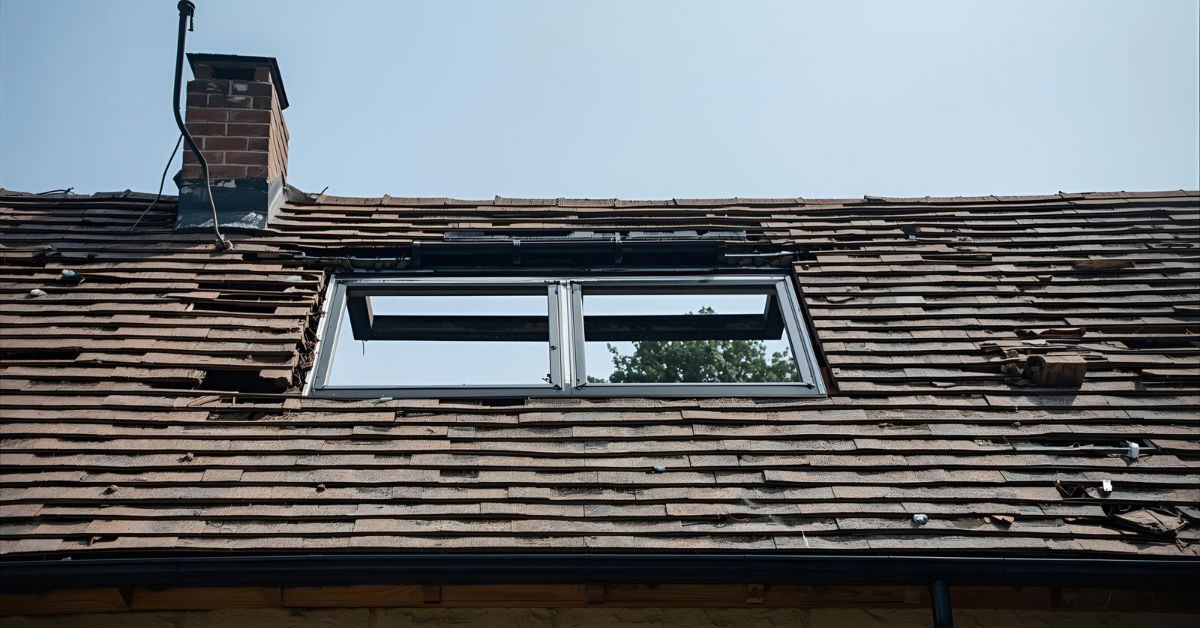
October 6, 2025
The Hidden Economics of Roof Maintenance: How Small Fixes Save Thousands
For most homeowners, the roof is out of sight and out of mind—until a leak, storm, or sagging section makes it impossible to ignore. But what if you could avoid the stress, expense, and damage altogether with routine maintenance? The truth is, small roofing fixes often cost a fraction of major repairs or replacements, yet too many homeowners underestimate their financial impact.
In a city like St. Louis, where weather extremes range from humid summers to icy winters, roofs take a beating year-round. Understanding the economics of roof maintenance can help you protect your investment, extend the lifespan of your roof, and save thousands over time.
1. The Cost of Neglect
Ignoring small roof issues doesn’t make them disappear—it compounds the damage. A missing shingle or small flashing gap can let moisture in, leading to rot, mold, and insulation damage. What might have been a $200 repair could easily turn into a $5,000 structural fix.
Common signs homeowners overlook include:
- Discoloration or water stains on ceilings
- Curling, cracked, or missing shingles
- Clogged gutters or overflowing downspouts
- Subtle sagging areas on the roof
- A musty smell in the attic
Addressing these early can prevent larger structural problems, such as rotting decking or compromised trusses, which are far more expensive to fix.
2. The Numbers Behind Preventive Maintenance
A well-maintained roof lasts 25–50% longer than a neglected one. Consider the math:
- Average roof replacement cost: $12,000–$18,000 (depending on material and size)
- Annual inspection cost: $150–$300
- Minor repair average: $200–$600
If regular maintenance helps you delay replacement by even 5 years, you could save $1,000–$2,000 annually in deferred replacement costs—not to mention avoiding interior water damage repairs, which can cost another $2,000–$5,000.
3. Energy Efficiency: The Hidden Payoff
A roof in good condition helps regulate temperature and reduces strain on your HVAC system. Damaged or poorly insulated roofs can let cool air escape in summer and warm air leak out in winter, driving up utility bills.
Small fixes, such as sealing ventilation gaps, replacing worn underlayment, or adding insulation, can improve energy efficiency by 10–15%. That might translate to $150–$300 in annual savings on energy bills—an often-overlooked benefit of maintenance.
4. Insurance and Warranty Advantages
Most roofing warranties require regular maintenance to remain valid. If you can’t prove upkeep, a future claim could be denied. Similarly, insurance companies may refuse coverage for leaks or damage stemming from neglect.
Scheduling inspections after major weather events, keeping photos, and maintaining receipts of minor repairs can make all the difference when filing a claim.
5. Storm Damage: Prevention Beats Reaction
St. Louis storms can bring hail, wind, and heavy rain—the perfect recipe for roof damage. Proactive maintenance helps ensure flashing, gutters, and shingles are ready to withstand severe weather.
For example:
- Replacing loose shingles before storm season: ~$300
- Emergency storm repair after leaks: $1,500–$3,000
Preparation is not just cheaper—it’s smarter. Families who invest in preventive maintenance rarely face sudden catastrophic leaks.
6. The Long-Term ROI
Roof maintenance doesn’t just prevent loss; it creates value. A well-maintained roof adds curb appeal and resale confidence. Prospective buyers often request inspection reports—and a documented maintenance record can increase perceived home value by 2–3%.
For a $350,000 home, that’s an added $7,000–$10,000 in resale leverage.
7. Partnering With Professionals
DIY fixes may work temporarily but often fail to address underlying problems. Professional roofers like Family First Exteriors conduct detailed inspections, using thermal imaging and moisture detection to find hidden weaknesses. Their maintenance plans typically include:
- Full roof and gutter inspections twice a year
- Minor repairs on shingles, flashing, or sealant
- Documentation for warranty and insurance purposes
- Priority scheduling during emergencies
This proactive approach prevents small issues from snowballing into financial headaches.
Conclusion
Your roof isn’t just a structure—it’s an asset that protects everything beneath it. Regular inspections, small repairs, and preventive care can extend its life and save you thousands in the long run.
At Family First Exteriors, we believe maintenance isn’t an expense; it’s an investment. If you haven’t had your roof inspected this year, now’s the time. One visit could be the difference between a simple tune-up and a costly repair.
